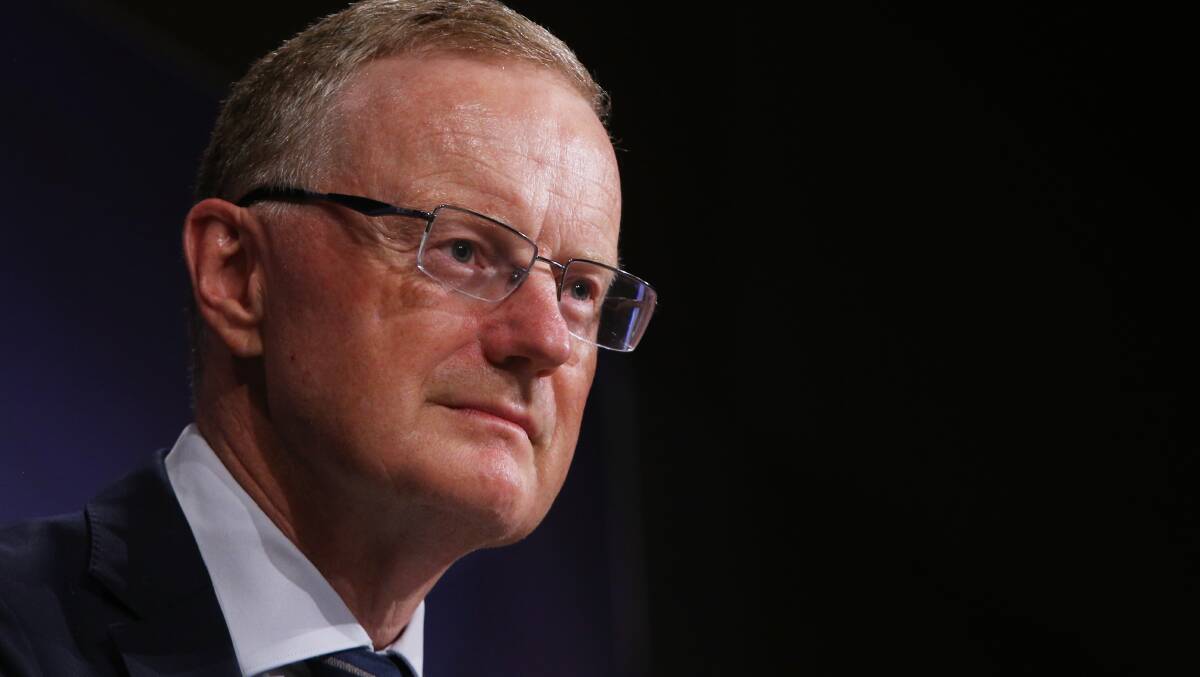Philip Lowe did a rare televised interview for a Reserve Bank governor last week, perhaps hinting at Australia’s inflation and interest rates challenges.
The small screen appearance on ABC’s 7.30 show came over a decade after former Governor Glenn Stevens was interviewed on the Seven Network during the global financial crisis.
Dr. Lowe warned that the central bank board will do whatever it takes to bring inflation under control, which he says will now hit seven percent by the end of the year and more than double the target of two to three percent.

This is why at this month’s board meeting, the RBA was forced to raise the spot rate by more than 50 basis points than expected.
Economists are forecasting another 50 basis point increase in July and possibly another in August, pushing the spot rate to 1.85 percent after a record low of 0.1 percent a few months ago.
Dr. Lowe will be able to explain his views when he addresses an event of the American Chamber of Commerce in Australia in Sydney on Tuesday, co-hosted by ANZ.
On the same day, the RBA will release the minutes of its June board meeting, which one economist says will “color” it’s thinking by raising cash interest rates by 50 basis points, the largest increase since February 2000.
US turnout no precedent
Still, no one at this stage thinks the RBA will follow the US Federal Reserve in raising its key rate by 75 basis points last week, sending global equity markets into turmoil.
Dr. Lowe will also participate in a panel discussion in Zurich on Friday on central banks and inflation.
Back home, the weekly ANZ-Roy Morgan consumer confidence index will be published on Tuesday.
Last week, the index — an indicator of future household spending — fell 7.6 percent to its lowest level since April 2020, while the percentage of respondents expecting “good times” for the economy over the next five years fell to 10 percent — its lowest level ever measured.
It came in the wake of the large rise in interest rates and continued pressure on the cost of living.
Meanwhile, Australian equities face another bumpy ride this week as financial markets grapple with the risk of a recession as global central banks try to stamp out inflation.
Wall Street managed a modest gain on Friday but still suffered its biggest weekly percentage drop in months.
The S&P 500 gained 7.07 points, or 0.19 percent, to end at 3,673.84 points after its biggest weekly loss since January.
The Nasdaq Composite gained 149.11 points, or 1.39 percent, to 10,795.21, and the Dow Jones Industrial Average fell 47.13 points, or 0.16 percent, to 29,879.94.
Australian stock futures were mixed but pointed to future weakness. July’s contract rose eight points, or 0.12 percent, to 6478, but September’s position fell 19 points, or 0.3 percent, to 6345.
The Australian benchmark ASX200 index ended Friday at 116.3 points, or 1.76 percent, from a 19-month low of 6474.8.
-MONKEY

